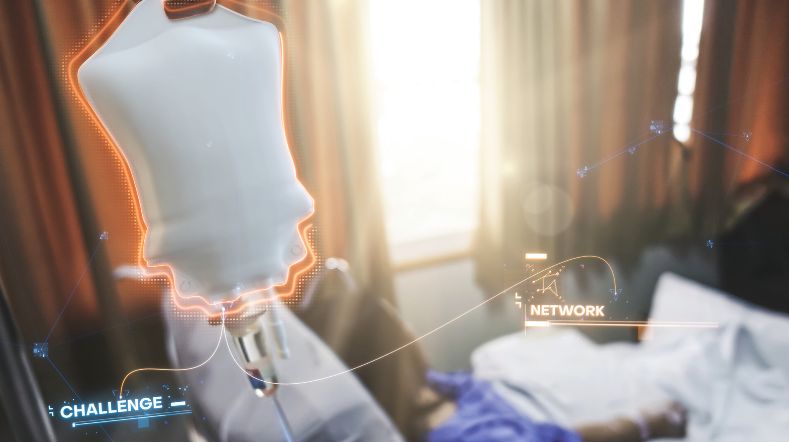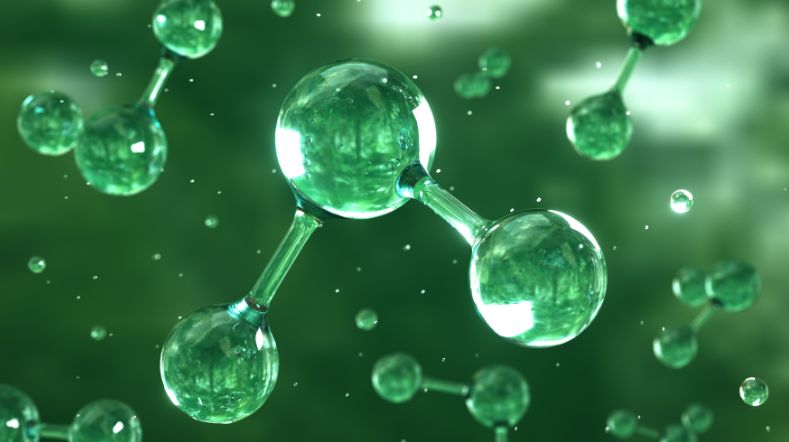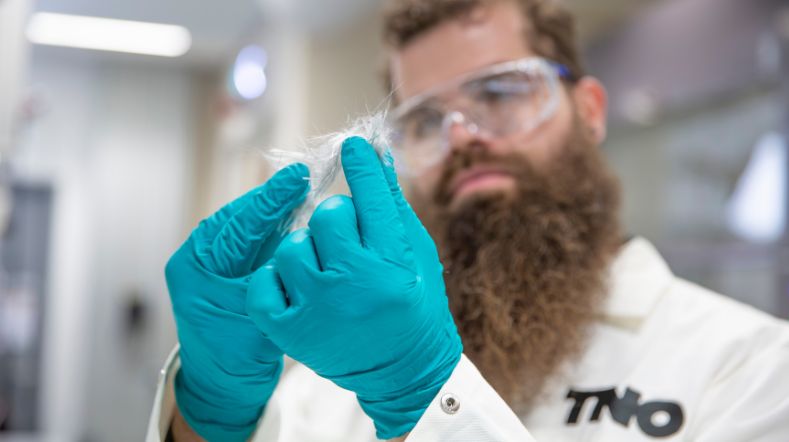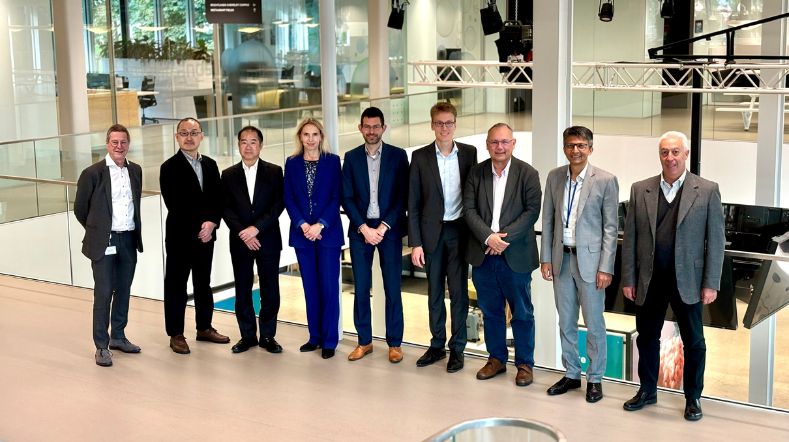
Solving the dark side of today's plastic
During the webinar 'Don’t Waste it!' you will learn which systemic transition is needed to enable the sustainable production and use of circular plastics. You will get the latest insights into how the dark side of today’s plastics can be mitigated, which stakeholders need to act and what technologies are needed.
Plastics are essential for our wellbeing in the present society. Because of their unique properties and mass production possibilities we expect plastics/polymers to remain an important primary material in existing and new applications. But, plastics also has its dark side in terms of environmental exposure and contribution to climate change.
Guided by an innovative forecasting method TNO will present what we consider to be 8 must-have solutions in order to retain the positive aspects of today’s plastics and to mitigate the dark side.
Both industry, government and customers play an important role to enable the success of our approach, ranging from application of a circular systemic design, the development of innovations for high value recyclate to true pricing and transparency about consumer costs.
Webinar Don't waste it
Get inspired
Biobased plasticizers: from compliance to competitive edge


Early results show the potential of circular healthcare plastics


Biobased materials


Enhanced solvolysis contributes to the future of composite recycling


Collaboration for sustainability: better results through joint innovation



